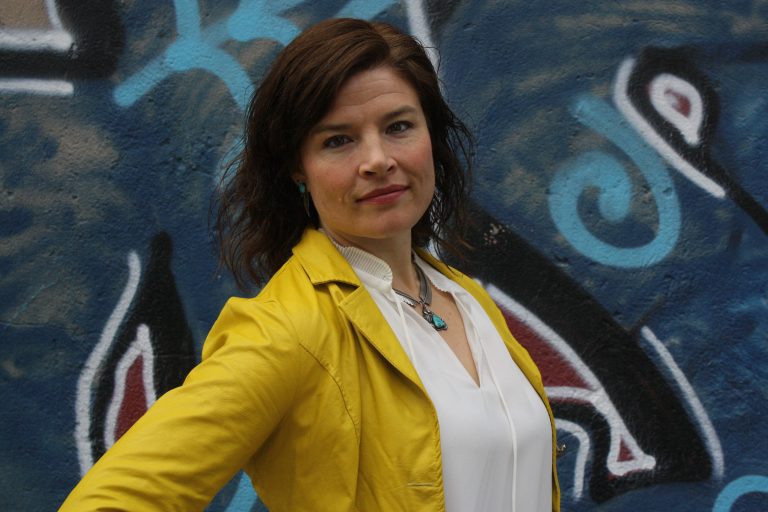Executive Director Wesley Wildman, Research Associate LeRon Shults and Co-Author
Proceedings of the 2017 Winter Simulation Conference
December 2017
Abstract: Human simulation (applying Modeling and Simulation (M&S) to topics in the humanities, the interpretative social sciences, and the arts) is a potent extension of social simulation. This paper offers reflections on teaching at this intersection, presenting best practices in pedagogy for undergraduate and graduate students engaged in formal studies, and for established researchers having no structured curriculum. The fact that human simulation is possible drives home the presence of formal patterns in a host of phenomena that for a long time were thought to be inimical to mathematical analysis. That implies a double pedagogical challenge: teaching humanities students to recognize formal structures in the phenomena they study (counter-intuitive for them), and teaching M&S students to collaborate with humanities people who think very differently (equally counter-intuitive). The three perspectives presented here underline the usefulness of human simulation, as well as the difficulties and benefits associated with teaching and learning human simulation.
Read the Conference Paper Here


